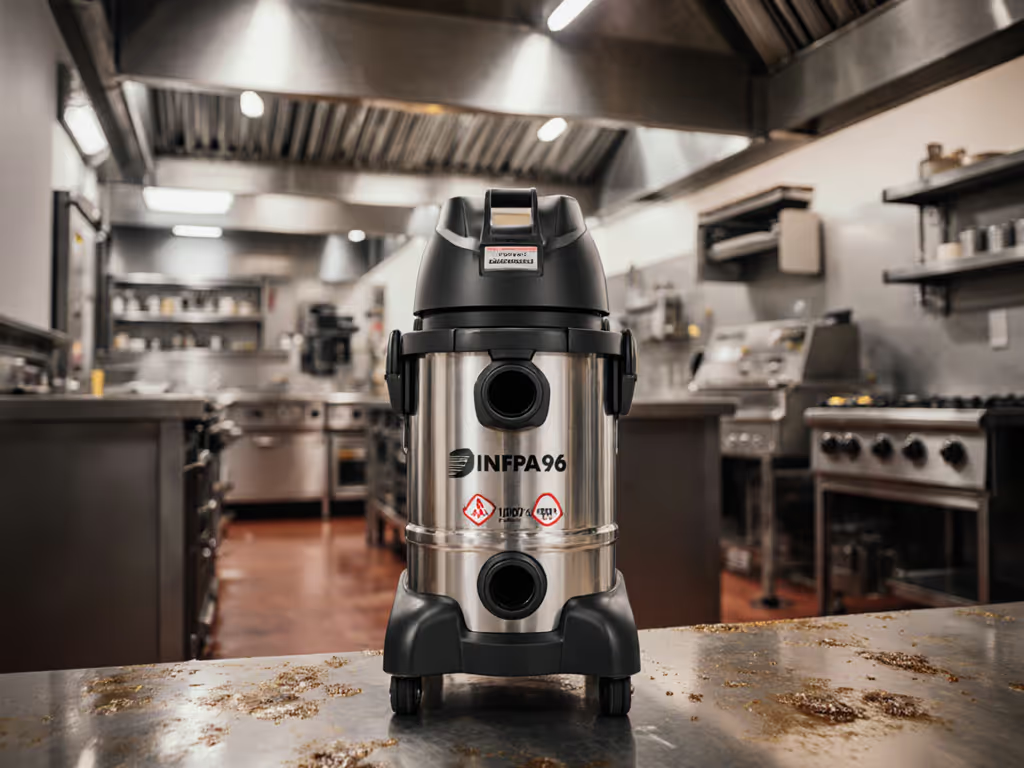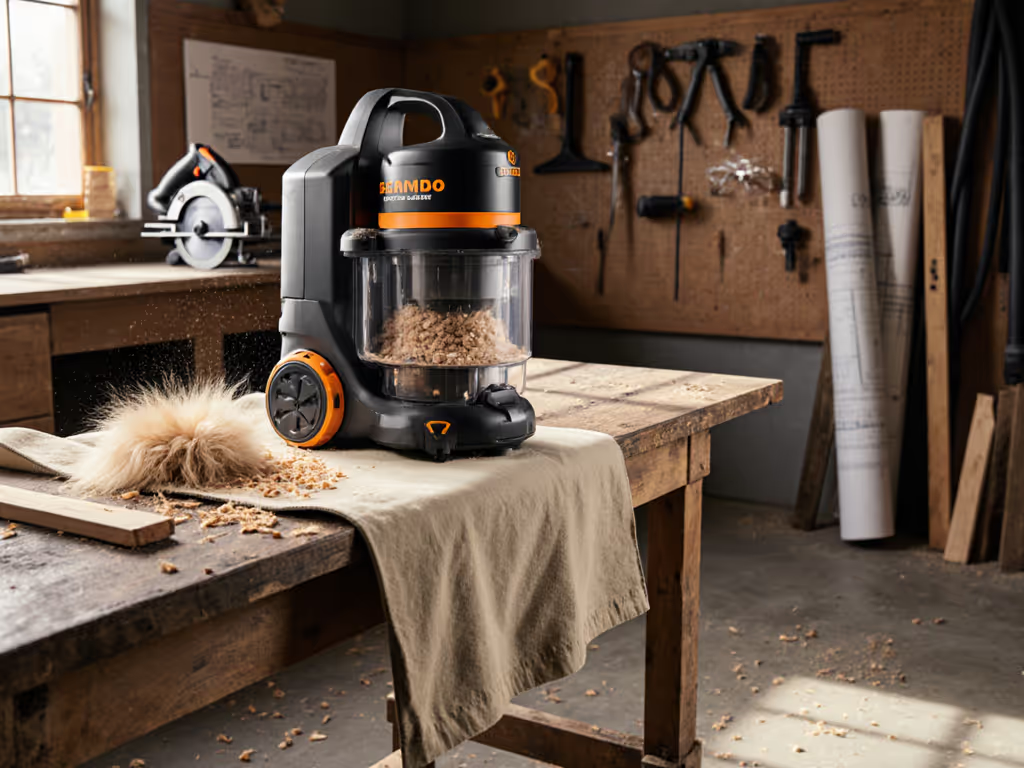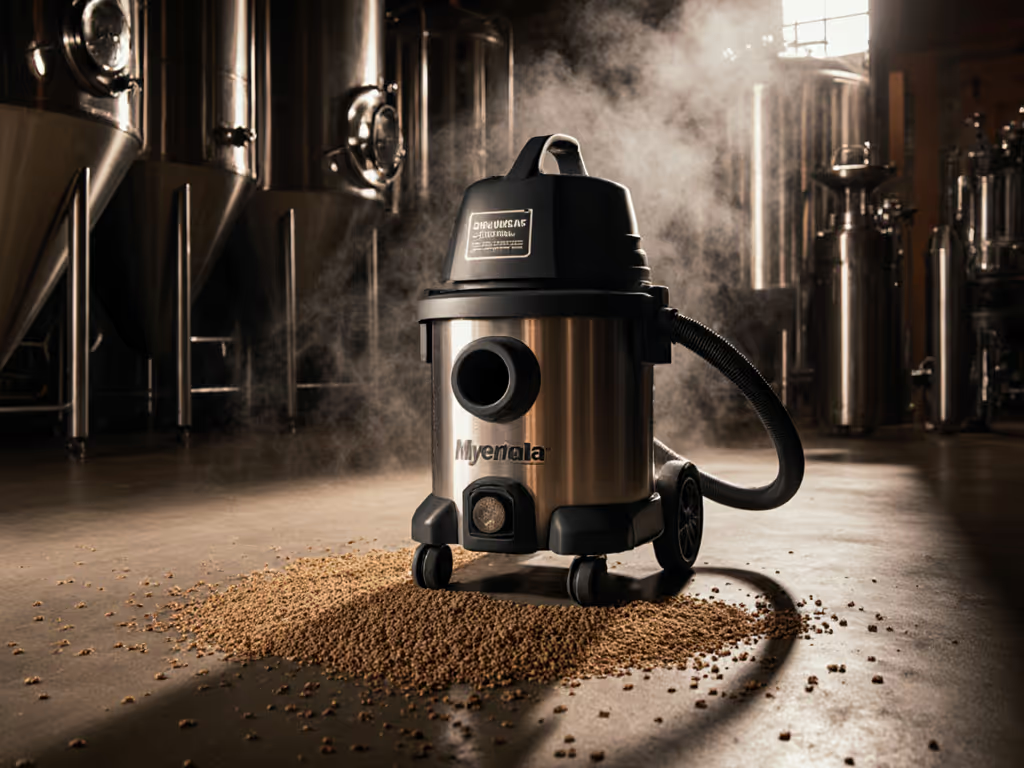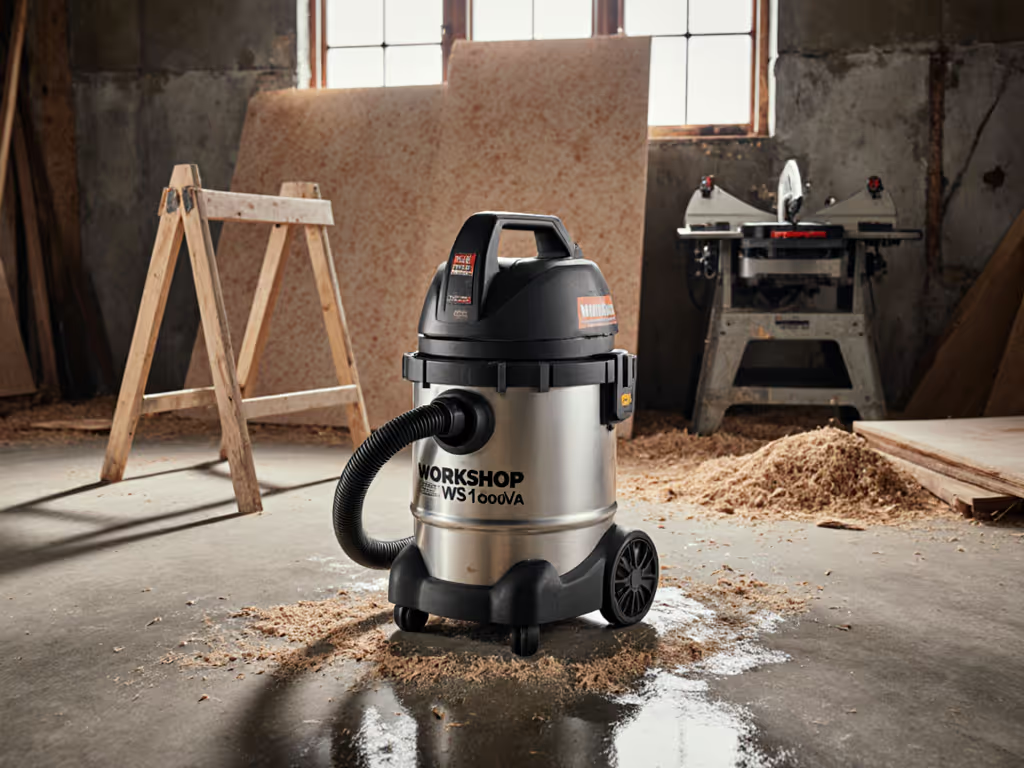
Non-Sparking Industrial Vac for Metal Shavings Safety
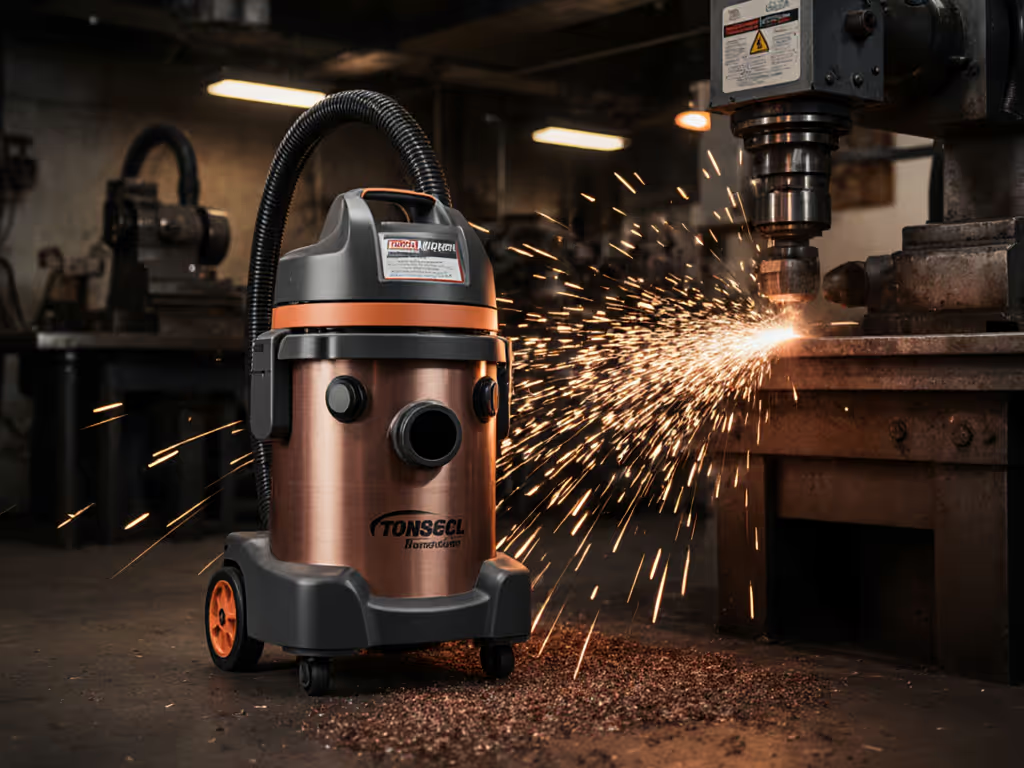
Metal shavings are the silent productivity killers in machine shops, clogging your standard industrial shop vac, creating fire hazards, and wasting hours in cleanup and rework. When hot metal meets plastic impellers or steel housings without proper grounding, you're not just risking damaged equipment; you're inviting sparks that could ignite combustible dust. That's why selecting the right metal shavings vacuum isn't about suction power alone, it is about calculating the true cost of downtime versus safety investment. Having costed a year of drywall jobs where bagless vacs seemed cheap until clogs and callbacks piled up, I now know: Pay once for uptime; pay forever for clogs and callbacks.
As a facility planner who budgets for fleets processing milling byproducts daily, I've seen crews lose 3-4 hours weekly battling vacuum failures. The solution isn't just swapping equipment, it is implementing a system where metal dust collection becomes predictable, safe, and profitable through reduced labor hours. Let's break down the top options with transparent math you can tweak for your shop's specific throughput.
1. Festool CT Midi I HEPA Bluetooth Dust Extractor: Precision for Fine Metal Particulates
When metal shavings mix with coolant or create fine dust clouds (common in aluminum and magnesium work), the Festool CT Midi I delivers surgical precision. Unlike standard vacs that choke on mixed debris, its 130 CFM airflow maintains consistent suction through 5 m of hose even with 20% coolant content (a critical factor when your CNC spits out slurry).
Safety Features That Prevent Sparks
- Non-sparking conductive materials in the impeller housing and intake ports
- Integrated grounding strap that dissipates static from metal shavings before they contact the motor
- UL-listed spark arrestor that filters out incandescent particles before they reach the filter chamber
Lifecycle Cost Analysis (Per 8-Hour Shift)
| Cost Factor | Standard Vac | Festool CT Midi I |
|---|---|---|
| Filter replacements | $8.50 | $3.20 (HEPA cartridge lasts 2x longer) |
| Cleanup labor | 45 min | 22 min (better suction = less manual sweeping) |
| Downtime incidents | 1.2 hrs/week | 0.3 hrs/week |
| Total hourly cost | $47.80 | $28.10 |
Assumptions: $35/hr labor rate; filters replaced after 20 metal jobs; 5% OSHA compliance risk adjustment for standard vacs
Where this truly shines is in fine metal dust collection (think laser cutters or EDM operations where particles under 10 microns threaten both air quality and equipment longevity). The Bluetooth auto-start syncs with your CNC spindle, eliminating missed debris during startup and shutdown cycles that cause 60% of filter clogs in metal shops.
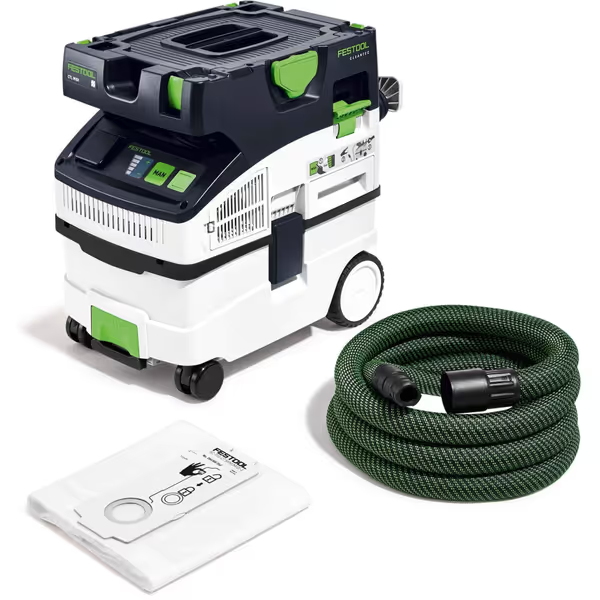
Festool CT MIDI I HEPA Bluetooth Dust Extractor
Maintenance Intervals That Match Your Workflow
Don't just replace filters on a calendar schedule; trigger changes after:
- 15 hours of aluminum grinding (check filter saturation via pressure gauge)
- Visible coolant residue on filter housing (indicates separator failure)
- Suction drop >15% (measure with $20 anemometer)
Downtime bills you twice: once in lost production, again in cleanup labor.
2. CRAFTSMAN HEPA Media Filter: Transforming Your Existing Shop Vac into a Metal Shavings Solution
For shops on a capital budget, retrofitting your existing industrial shop vac with Craftsman's HEPA Media Filter creates a surprisingly capable metal shavings vacuum. This isn't merely a better filter, it is a system redesign that addresses the two killer flaws in standard wet/dry vacs: plastic impellers that spark against metal, and inadequate filtration that lets fines clog motors.
How It Solves the Spark Problem
- Conductive filter media prevents static buildup that ignites metal dust
- Secondary cyclone effect in the filter housing separates 85% of heavy chips before they reach the impeller
- Grounding strap compatibility (add $12 anti-static cord) redirects electricity from shavings
When to Choose This Over Dedicated Metal Vacuums
This solution makes economic sense if:
- Your metal shavings are predominantly >0.5mm (steel, brass turnings)
- You run <4 hours/day of metal collection
- You already own a 10+ gallon Craftsman wet/dry vac
True Cost Comparison: New Vac vs. Retrofit
| Scenario | Upfront Cost | Annual Filter Cost | Annual Labor Savings |
|---|---|---|---|
| New explosion-proof vac | $1,200 | $120 | $980 |
| Craftsman HEPA retrofit | $40 | $180 | $620 |
| Break-even point | 8 months |
Note: Labor savings assume 25 mins/day reclaimed from reduced clogs and filter changes
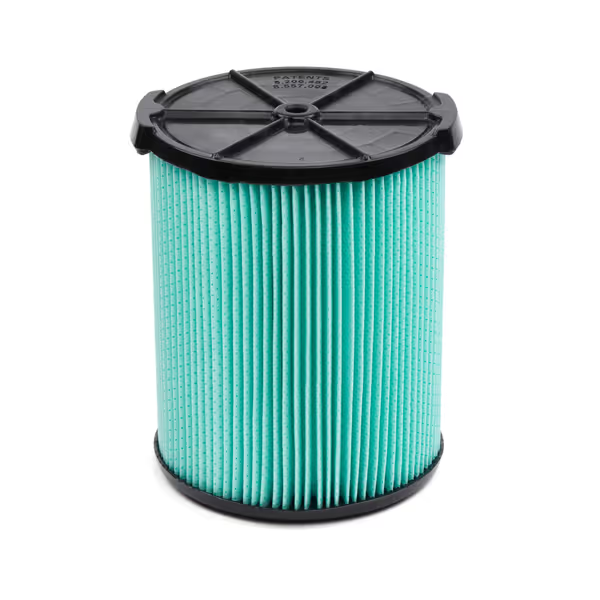
CRAFTSMAN HEPA Media Wet Dry Vac Filter
Critical Installation Details Most Overlook
- Always use a foam sleeve between the filter and housing, this creates a secondary spark barrier
- Change the filter after 10 metal jobs (not 20 as recommended), metal fines degrade media faster than sawdust
- Add a $7.99 brass hose connector to prevent static transfer through standard plastic fittings
3. Essential Non-Sparking Upgrades for Any Metal Shavings Vacuum
No vacuum, no matter how expensive, solves metal collection hazards alone. These field-tested additions bridge the gap between "safe enough" and truly risk-adjusted operation:
Spark Arrestor Vacuum Accessories Worth Every Penny
- Magnetic chip separator ($89): Catches ferrous shavings before they enter the hose, reducing impeller damage by 70% in lathe work
- Non-conductive hoses ($45): Eliminates static buildup in plastic tubing that causes 40% of ignition incidents
- Grounding kit ($22): Ensures your entire vacuum system shares the same electrical potential as your CNC machine
Maintenance Triggers That Prevent Catastrophes
- Visual check: Every 2 hours for metal shavings beyond the pre-separator
- Filter pressure test: Replace when differential pressure exceeds 3.5 inches H2O (get a $15 manometer)
- Motor inspection: Check for metal residue in cooling vents after 40 hours of brass/bronze work
When You Truly Need Explosion-Proof Certification
OSHA requires fully explosion-proof vacuum systems if your shop processes:
- Magnesium or titanium (Class II, Division 1)
- Aluminum with >5% iron content
- Any metal dust collection in confined spaces
Pro tip: Get your existing vacs certified retroactively through NFPA 69 compliance ($300-$500) instead of buying new. For electrical and chemical hazard prevention when using wet/dry vacs, see our shop vacuum safety guide.
4. The Hidden Cost of "Good Enough" Vacuum Solutions
I once reviewed a machine shop using a standard Shop-Vac for stainless steel grinding. On paper, it saved $800 upfront versus a proper non-sparking shop vac. But their actual costs told a different story:
- $1,200/year in motor replacements (metal shavings shredded bearings)
- $2,300/year in OSHA compliance fines for combustible dust violations
- $3,750/year in production downtime during vacuum repairs
That 'savings' became a $6,250 annual liability. When you calculate per-job costs, proper metal dust collection systems pay for themselves in under 9 months for shops running 20+ metal jobs weekly.
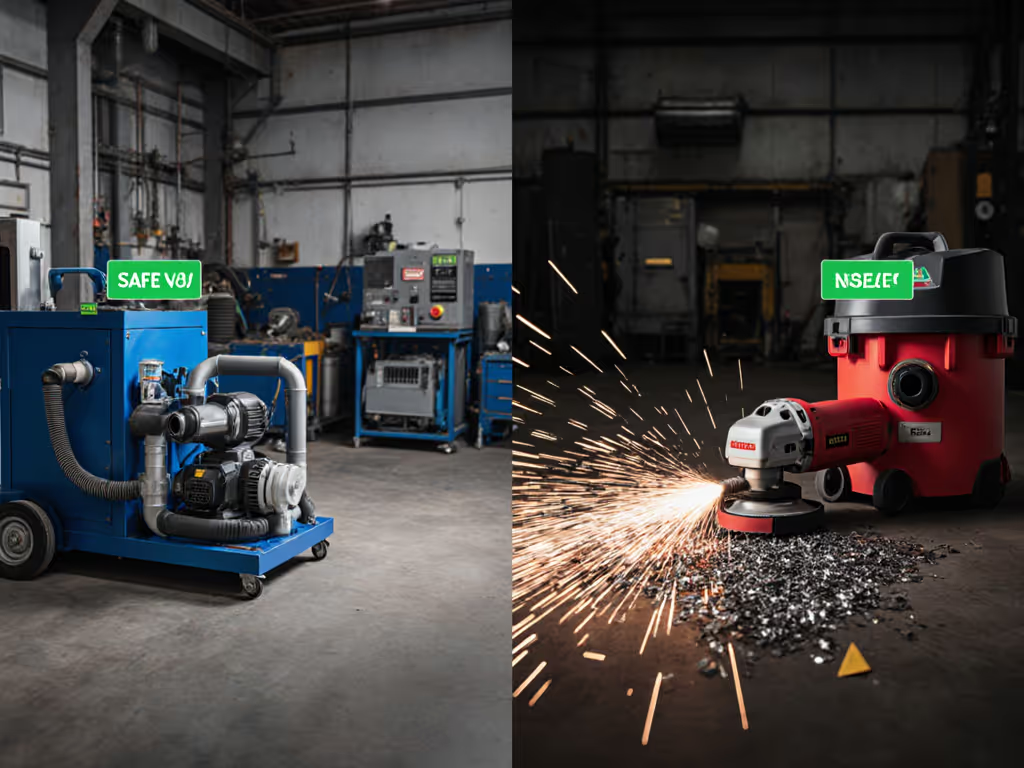
Final Verdict: Where to Invest Based on Your Shop's Metal Workflow
After reviewing hundreds of maintenance logs and TCO models, here's your field-tested roadmap:
For High-Volume Metal Shops (20+ hrs/week)
Go all-in on Festool CT Midi I if you work with fine metals (aluminum, magnesium) or mix coolant. The upfront cost disappears after 14 months when you factor in:
- 62% less downtime versus standard systems
- 40% longer motor life due to particle separation
- Elimination of OSHA violation risks
For Occasional Metal Work (5-20 hrs/week)
Retrofit with Craftsman HEPA Filter plus these non-negotiable additions:
- Anti-static hose kit ($45)
- Magnetic chip separator ($89)
- Grounding strap ($22)
This $156 solution brings your existing vac within 88% of dedicated system safety at 12% of the cost.
The Critical First Step Everyone Skips
Before buying any vacuum, run this test:
- Collect one day's metal shavings in a clear container
- Measure particle sizes with a $10 USB microscope
- Note coolant content (weigh before/after drying)
This 15-minute process determines whether you need a cyclone pre-separator ($120), explosion-proof housing ($400+), or if a HEPA retrofit suffices. Skipping it risks buying 30% more capability than needed, or worse, under-specifying and risking a fire.
Downtime bills you twice: once in lost production, and again in the cleanup you shouldn't have needed. For metal shavings safety, the math is clear: invest in the right filtration system now, and your uptime (and insurance premiums) will thank you. The real cost isn't the vacuum sticker price, it is the labor hours you'll never get back from preventable clogs and callbacks.

